How Light Pollution Tips the Scale for Predators
With the flip of a switch, we’ve turned our nights into something unnaturally bright – and wildlife is paying the price. The phenomenon, called light pollution, refers to the excessive and often unnecessary use of artificial light at night. Every year, our skies become two per cent brighter, hiding the stars and making natural darkness a rarity. In fact, today, only 20 per cent of North Americans can still see the Milky Way.
But it’s not just our stargazing that’s being disrupted. Light pollution also has major effects on wildlife, impacting everything from migration and mating patterns to biological rhythms. One of the most troubling consequences is how it’s altering predator-prey relationships, making hunting far too easy for some animals while putting others at greater risk. Let’s dive into how artificial light is shifting the cat and mouse game.
Mule Deer
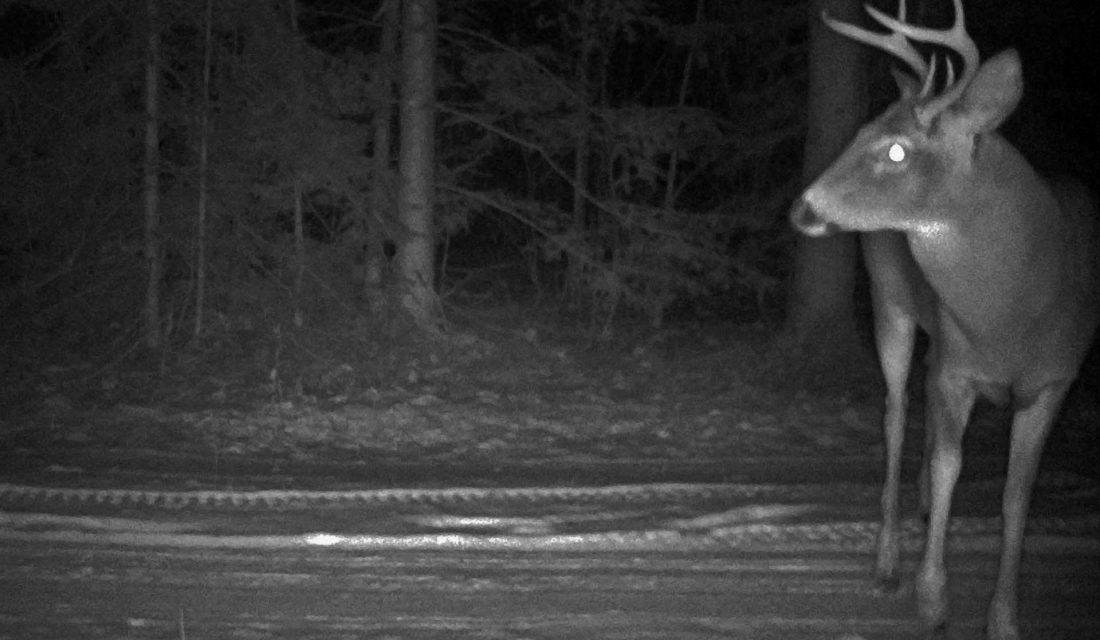
Researchers from the University of Michigan have been studying how light pollution impacts the behaviour of Mule Deer and their primary predator, the Cougar. Typically, Mule Deer are most active at dawn and dusk, but artificial lighting at night has changed their habits. The deer are now grazing more during nighttime, especially in the summer months, and they are often attracted to well-lit parks and backyards. These brightly lit areas might give deer a false sense of security, but they still face danger from predators. While cougars might shy away from brightly lit areas, they’ve adapted by finding darker spots within urban environments where they can ambush their prey. Surprisingly, this adaptation has made it even easier for cougars to hunt and bring down Mule Deer.
Insects
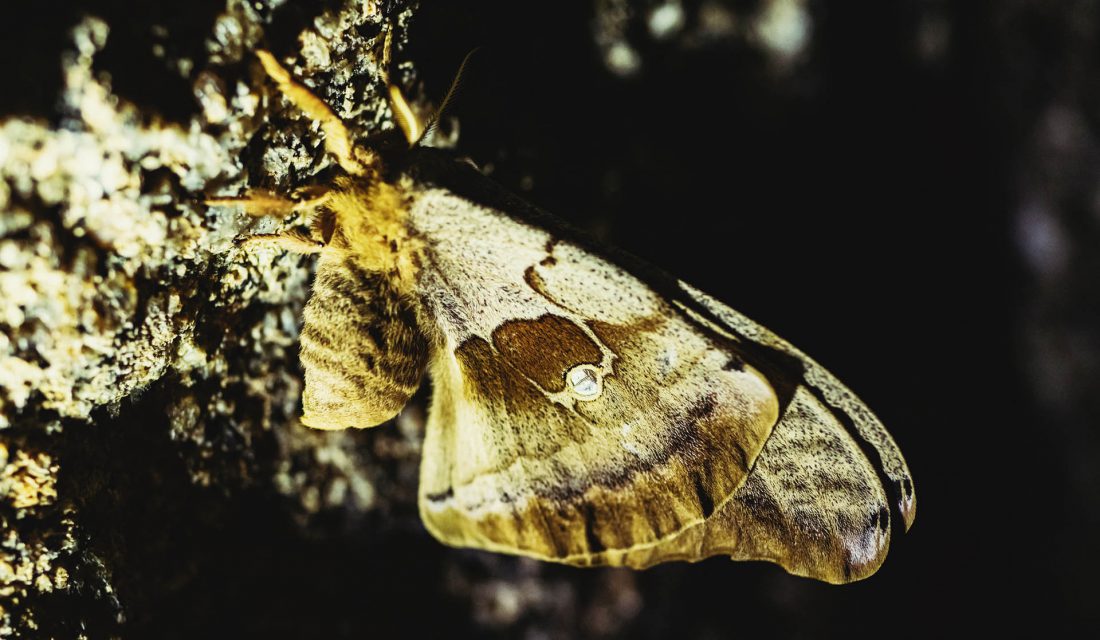
Nocturnal insects rely on the moon and stars for navigation, using them as reference points to stay oriented. However, when artificial light sources like porch lights or streetlamps are introduced, these insects become disoriented, often flying toward the light and getting trapped in its glow. Researchers estimate that about one-third of the insects caught circling these lights will die by morning either from exhaustion or being preyed upon. Certain bat species, for example, take full advantage of these ‘insect buffets,’ swooping in to feed on disoriented insects mid-flight.
Sea Turtles
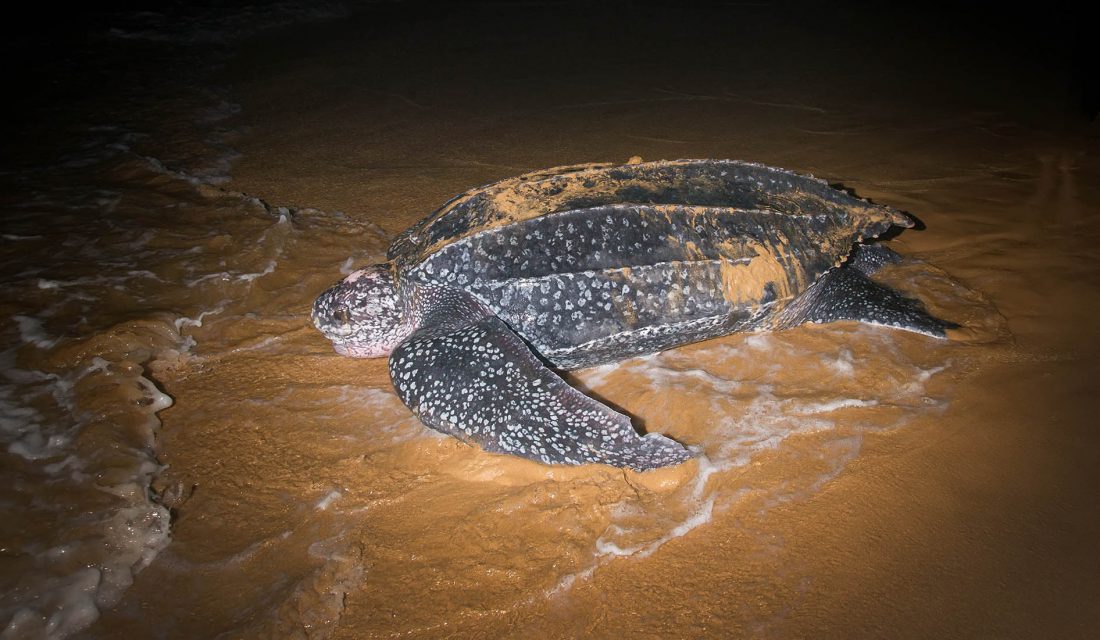
Sea turtle hatchlings instinctively follow the ocean’s horizon to guide them to their watery homes. Unfortunately, artificial lights from buildings and streets can confuse them, causing them to head in the wrong direction – toward land instead of the sea. This disorientation increases their vulnerability, making them easy prey for predators like crabs, lizards, raccoons, coyotes and other animals.
Little Brown Bats
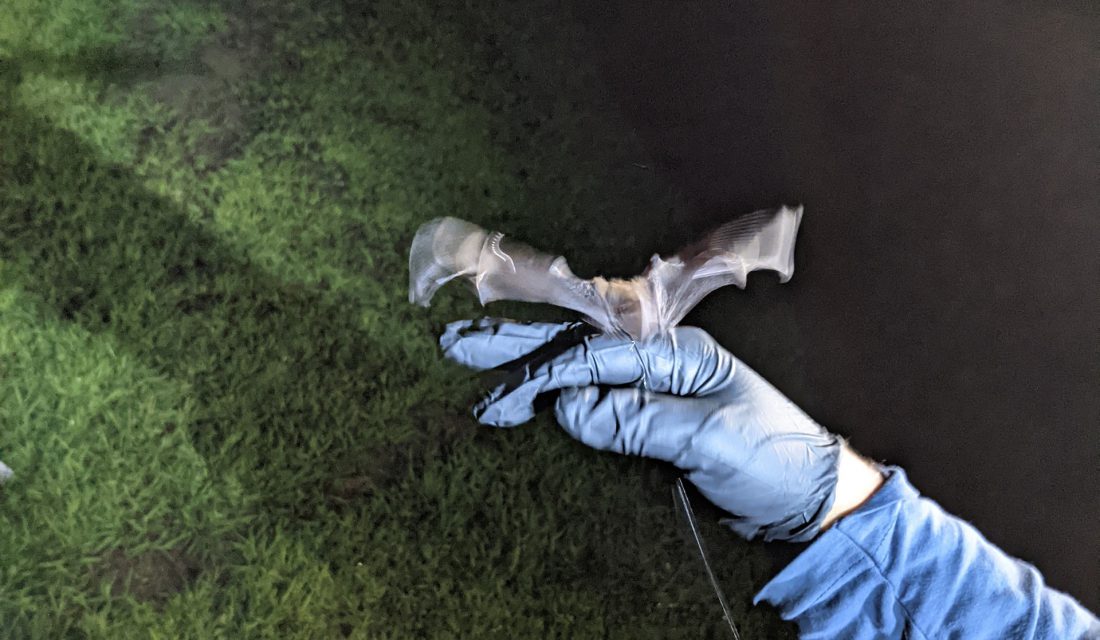
Not all animals are drawn to artificial light. While some bat species will forage at a light source, the Little Brown Bat, for instance, has learned to avoid well-lit areas to reduce the risk of being hunted by predators like owls. Smart move, right? Yes, but there’s a downside. By avoiding these bright areas, the bats limit their foraging and roosting options. This is especially concerning since Little Brown Bats are already struggling due to White-nose Syndrome, a deadly disease that has devastated their populations. Any additional pressure, like restricted foraging areas, can further threaten their survival.
How You Can Reduce Light Pollution at Home

- Do turn off any exterior lights when not in use and opt for motion detectors instead.
- Don’t use blue or white lights on your property. Warm-coloured light bulbs like yellow or red have fewer negative impacts.
- Do close your curtains at night.
- Don’t install any upward-facing lights on your property since they contribute to skyglow, making the stars even harder to see for navigating wildlife.
- Do dim your lights. There’s no reason to have excessively bright lights on at night!

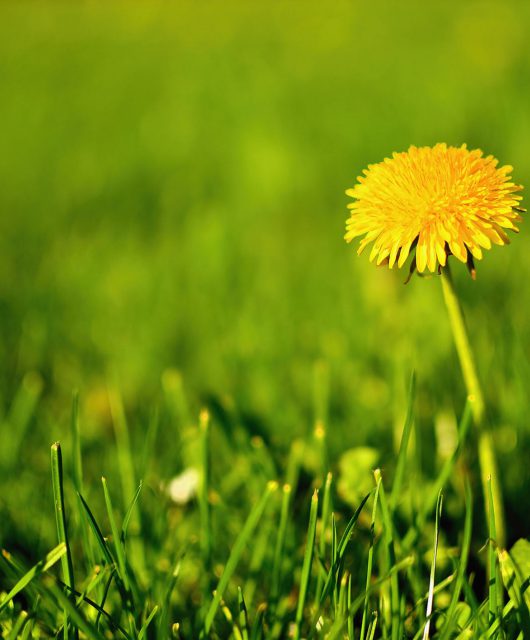
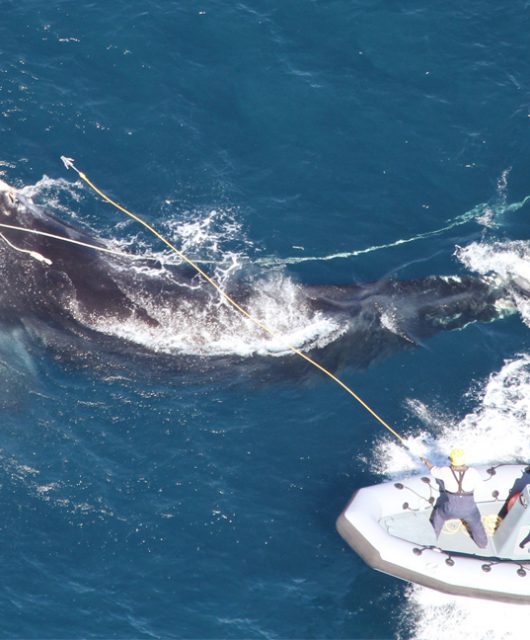
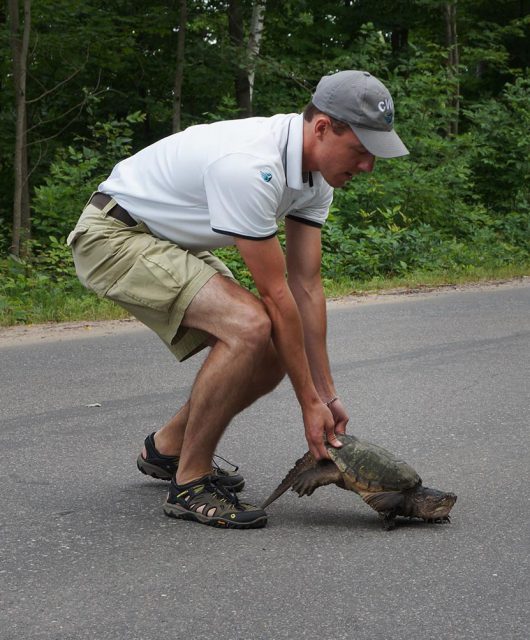
2 comments
As a visually impaired person, I like light.
Dark is dangerous for me.
I have no intention of breaking my neck because some thoughtless people consider well lighted streets as “light pollution”.
Perhaps a headlamp would be beneficial to you if you are out walking at night. That would keep your hands free.